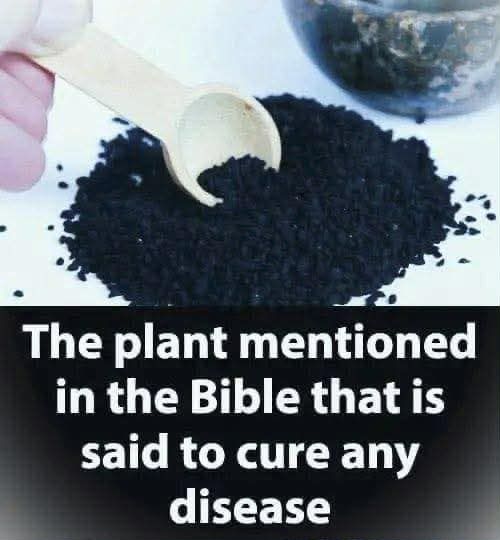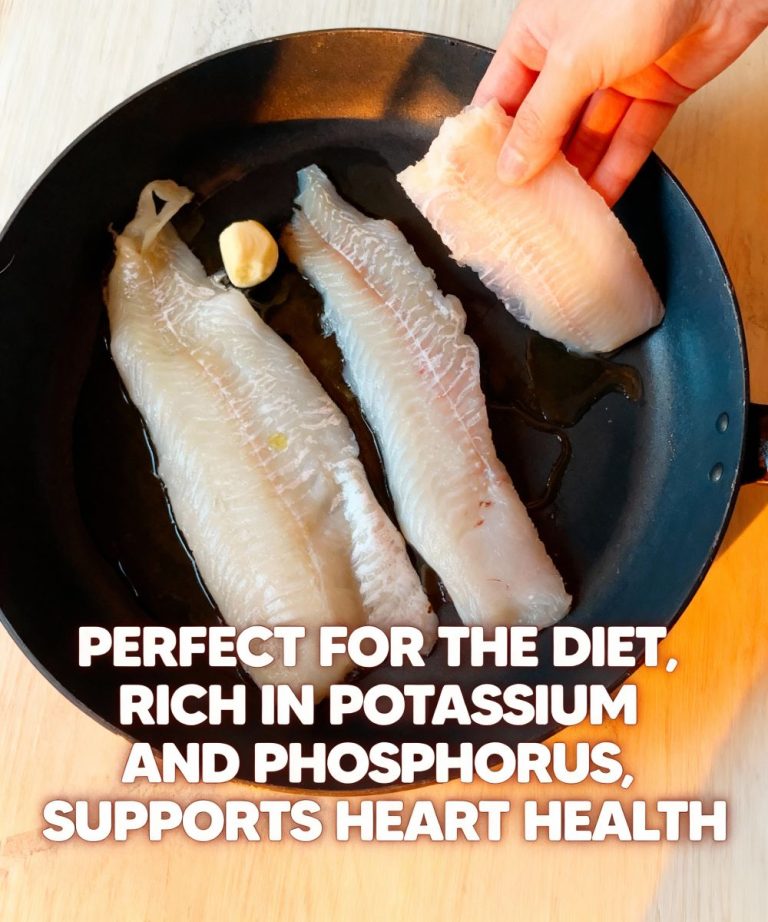
In Revelation 22:2 the text says:
“On either side of the river was the tree of life, bearing twelve kinds of fruit, yielding its fruit every month; and the leaves of the tree were for the healing of the nations.”
This verse often gets cited as referring to a plant or tree whose “leaves … for the healing of the nations” point to a cure-all or ultimate remedy.
However, while this is a powerful image, it’s more symbolic than a straightforward prescription: the “tree of life” here is usually interpreted as representing God’s restorative power, eternal life, and spiritual healing—not necessarily a single plant you could harvest in your garden and cure all diseases.
What the Bible Says About Medicinal Plants
According to modern ethnobotanical research, only five species are explicitly mentioned in the Bible as medicinal plants:
- Ficus carica (the fig)
- Nardostachys jatamansi (nard)
- Origanum syriacum (hyssop)
- Commiphora gileadensis (commonly called the balm of Gilead)
- Mandragora officinarum (mandrake)
Of these, the “balm of Gilead” deserves special attention because of its strong association with healing. For example, in Jeremiah 8:22 the prophet asks,
“Is there no balm in Gilead? is there no physician there?”
Here the “balm in Gilead” is used metaphorically, but the idea of a “balm” suggests a healing resin or ointment derived from a plant.
The Case of the Balm of Gilead
The balm of Gilead was valued in ancient times as a fragrant resin believed to have medicinal properties. Many scholars identify the plant source as some species of the genus Commiphora, harvested in the hills of Gilead.
So while the Bible does not claim this plant cures every disease, the language does suggest it was regarded as a potent remedy—an ointment or resin used in the context of healing.
Why the “Cure-All” Idea Emerged
The idea that there is one plant that cures any disease likely emerges from a few factors:
- Literal interpretation of poetic or symbolic biblical texts (like Revelation 22:2) that speak of universal healing.
- Oral traditions, folklore and later religious commentary that attribute greater curative powers to plants mentioned in scripture.
- The strong desire among people for a simple, natural remedy for complex health problems.
But as the evidence shows, the Bible does not present a single plant as a universal panacea. The plants mentioned had specific uses and were part of ancient medicinal practice, rather than magical cure-alls that worked regardless of condition.
What Modern Research Says
Ethnobotanical and historical studies confirm many plants from the Bible region were indeed used medicinally. For example, the Journal of Ethnobiology & Ethnomedicine reports that several plants mentioned in the Bible or ancient Jewish sources were used in Egypt and Mesopotamia as medicines.
However, there is no scientific proof that any biblical plant cures all diseases. Modern medicine requires rigorous testing, clinical trials, dosage standards, and safety assessments. The historical uses of plants should be approached as complementary rather than substitutes for medical care.
What This Means for Us Today
- Respect the historical value. The mention of medicinal plants in the Bible reminds us that ancient societies recognized the healing power of nature and put it into practice.
- Interpret symbolically, not superstitiously. The “tree of life” passage is rich in meaning—but not a botanical prescription. Rather it points to hope, renewal, and spiritual restoration.
- Use with caution and wisdom. If you explore herbal or plant-based remedies, do so informedly: check credible medical research, know possible side-effects or interactions, and don’t abandon professional healthcare.
- Trust the Bigger Healer. For many believers, the scripture’s message is that ultimate healing comes from God—even when plant medicine plays a role. The plants are part of creation’s help, but not the only help.
Conclusion
While the Bible mentions plants that were used for healing, and while the image of the leaves of the tree of life “for the healing of the nations” is powerful, the text does *not endorse a single plant that universally cures every disease. Instead, it invites us to see creation as part of God’s care for humanity—and to remember that healing is more than physical.
As modern readers, we can honour this heritage by valuing the role of plants in health, exploring scientific research responsibly, and recognizing that, ultimately, restorative power may lie beyond any single herb or ointment.



